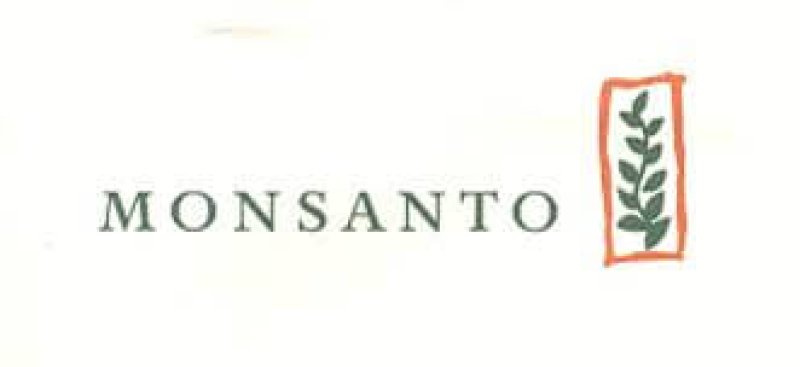In the U.S., the thumbs-up is typically a gesture that everything’s just hunky-dory—but in the Middle East, it implies that the gesturer is about to do something decidedly unfriendly with that thumb and another person’s anatomy. In Brazil, the “OK” sign—another innocuous move in America—is an obscene way of saying that things are definitely not OK.
And in Greece, facing your palm towards another person doesn’t imply a sassy 90s-throwback “talk to the hand” reference so much as a desire to rub excrement in another person’s face.
But while these particular pieces of body language differ wildly in meaning depending on where they take place, the response to an offensive gesture anywhere in the world will likely look the same: nostrils flared, lips thinned, chin pushed up and out. In other words, the natural human anger face.
Unvarying across cultures, the expression of anger is made even by children who have been blind since birth, a fact used by evolutionary psychologists to argue that it’s innate rather than learned. While conventional scientific wisdom has previously held that the anger face is an arbitrary set of features that we’ve simply come to understand as an indicator of anger, new research suggests that it may actually serve a more specific purpose: On its own, each aspect of the anger face may make its wearer appear physically stronger.
“If you think of anger as a signal, then any old signal will do,” says Aaron Sell, a psychology professor at Griffith University in Australia. “You could raise one eyebrow, you could stick your tongue out—it could be anything. But what natural selection appears to have done is tailored a pretty complicated display.”
Read the full, original story: The Origins of the anger face































